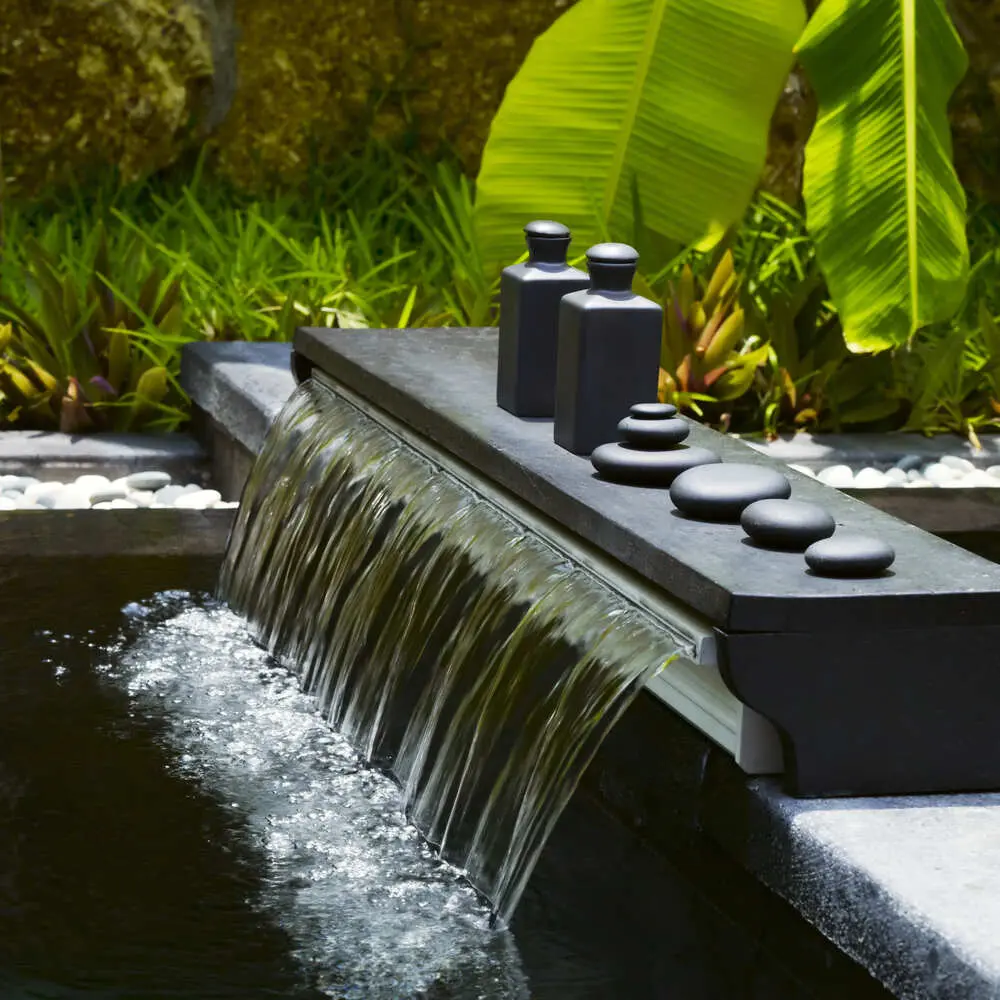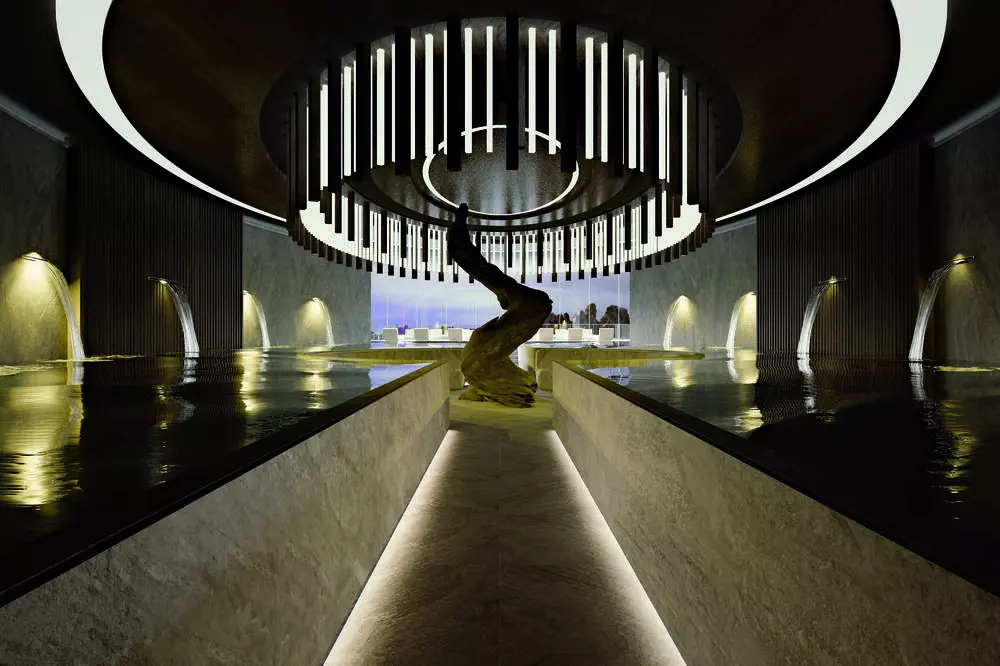In our fast-paced environment, the pursuit of serenity holds greater significance. A growing phenomenon gaining traction within the realms of wellness and spa spaces is sensorial therapy, a practice that illustrates the inherent correlation between our senses and holistic wellness.
At the heart of sensorial therapy lies the concept of integrating multiple sensory experiences for those in pursuit of rejuvenation and wellness. This approach is rooted in recognizing the profound influence sensory stimulation has over our emotions and mental well-being.
Through the deliberate engagement of sight, sound, scent, taste, and tactile sensations, sensorial therapy endeavors to offer a multifaceted path to holistic wellness. Implementing such spaces makes holistic claims more complete, giving spas that offer such services an edge over the competition. Here, why explore the benefits, strategies, and offer some inspiration for sensorial therapy spaces.
Dive deeper with the eBook
The scientific basis for sensorial therapy
Empirical evidence substantiates the effectiveness of sensorial therapy beyond mere anecdotal accounts. Various studies corroborate its favorable impact on mental health. Scientific research highlights that purposeful sensory engagement in therapy markedly diminishes stress and anxiety while also enhancing cognitive capabilities. Such empirical support contributes to the burgeoning acceptance of sensorial therapies within wellness practices.
Diverse iterations of sensorial therapy cater to a spectrum of preferences and requirements. Aromatherapy, for instance, is celebrated for its tranquilizing effects; meanwhile, sound and music therapy that incorporate calming auditory elements, can promote states of deep relaxation. Equally, chromotherapy, tapping into the psychological influence of colors, introduces an additional layer to sensorial therapy practices.


Implementing a sensorial therapy space in your spa
Effectively implementing sensorial therapy within spa settings requires a meticulous and deliberate approach. A fundamental component, aromatherapy, revolves around utilizing scents to elicit specific emotional responses. Imagine entering a spa where the fragrance of lavender immediately transports you to a state of tranquility. Crafting serene atmospheres through harmonious soundscapes and visually soothing aesthetics further enhances the sensorial journey.
These sensorial experiences can seamlessly integrate into common wellness areas and facilities. Saunas and steam baths, for instance, can incorporate scents, music, and color schemes. Emotional showers offer a unique immersion by combining water jets, aromas, and music to transport individuals to specific places. Additionally, footbaths featuring diverse sensory water jets and flooring options like stones or grass create a multi-textured experience.
Equally, variations in temperature can invigorate, relax, and rejuvenate. Cold-water facilities such as ice fountains or cold plunge pools offer invigoration after a session in a sauna or a hot vitality pool , providing a deep-cleansing experience inspired by Roman and Greek baths.
Inspired by culture and history
Speaking of historical inspirations, wellness spaces and spas can look to various moments in history and cultures to design unique, attractive environments. Various cultures infuse sensorial therapies with their own nuances to integrate local traditions and customs. Crafting themed spaces stands as an effective strategy to attract patrons through carefully designed immersive experiences.
For example, Japan’s traditional hot spring baths, known as onsens, combine hot mineral-rich water, often infused with herbs or flowers, to create a sensorial experience. The focus on relaxation and purification through soaking in these natural thermal waters aids both physical and mental rejuvenation.
Equally, Ayurveda, an ancient Indian medicinal practice, incorporates sensorial elements such as aroma, touch, and taste in therapies like Abhyanga (oil massage) and Shirodhara (pouring warm oil on the forehead). Specific oils, herbs, and techniques are used to balance the body’s energies and promote overall wellness.
Further inspiration could be drawn from the Hammam, a traditional Moroccan steam bath. This tradition involves a series of cleansing rituals that include exfoliation, massages, and the use of aromatic oils and natural products like black soap. It’s a sensorial journey focusing on purification, relaxation, and skin rejuvenation.
These are but a handful of examples; wellness centers and spas could draw inspiration from a variety of sources to differentiate their offer, depending on their location and target market.

Stand out with a multi-faceted wellness experience
Envision a sanctuary where stress dissolves into tranquility, and relaxation becomes paramount—a possibility encapsulated within sensorial therapy’s place in wellness centers. By incorporating these therapeutic methods, centers proffer clients a distinctive opportunity to unwind and revitalize. Ranging from stress alleviation to holistic well-being enhancement, the benefits mirror the diversity inherent in our senses themselves.
For the wellness center, offering these distinctive treatments serves as a clear differentiator amidst competitors. Not only does it elevate the center’s status, but it also expands the array of services, attracting a clientele seeking an exclusive haven for relaxation.
